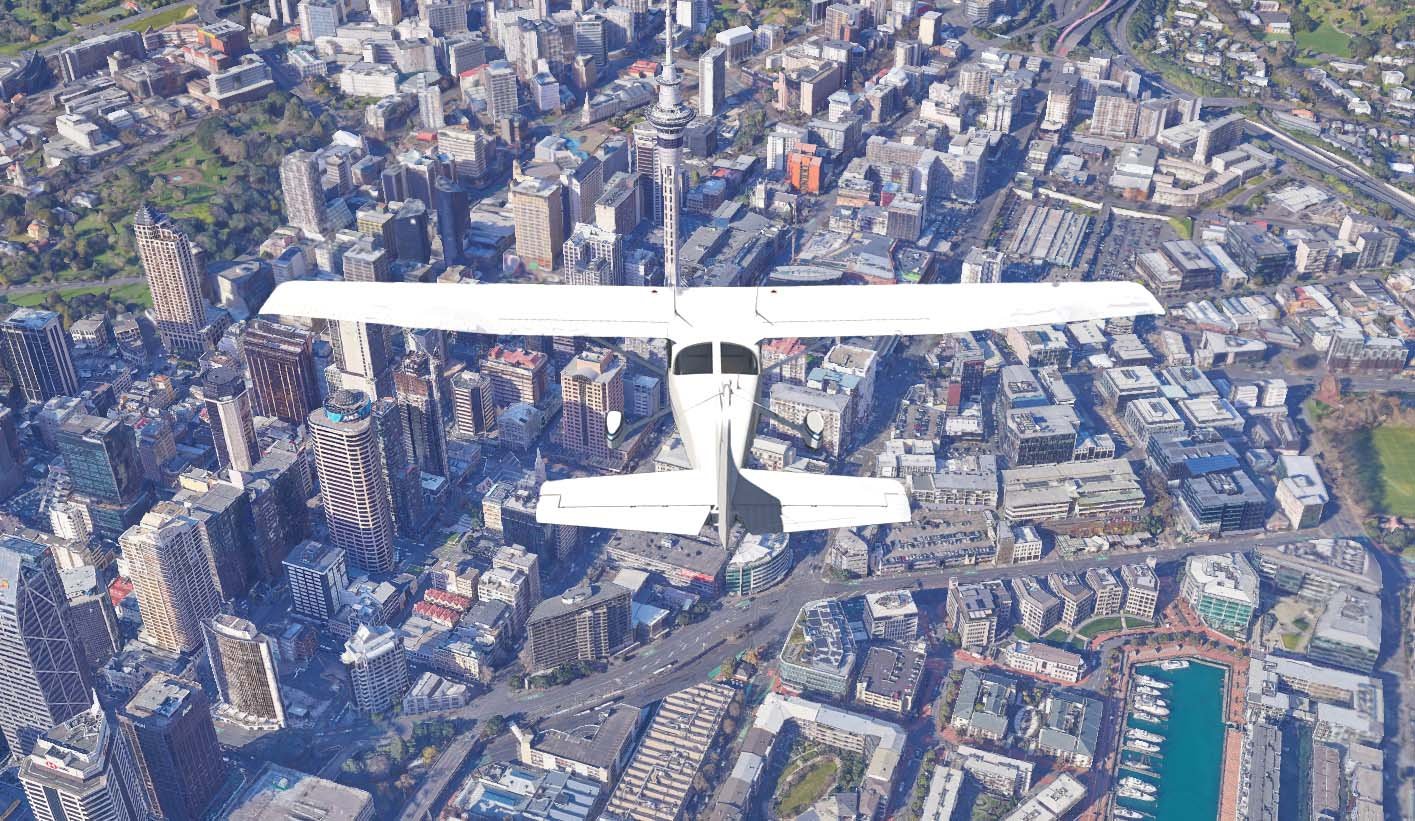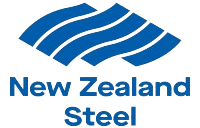
Aerial Mapping
Aerial mapping surveying entails gathering geospatial data from aircraft to generate intricate maps and models of surfaces
We capture high-resolution data of towns, cities, landscapes and infrastructure. Whether you're in urban planning, agriculture, construction, environmental management, or any other industry sector, our aerial mapping service solutions empower you to visualise, analyse, and strategise with confidence, enhancing decision-making and driving success in your projects.
-
Step into the future with our digital twins – virtual replicas of physical environments. By merging spatial data with advanced modelling techniques we create dynamic digital twins that mirror reality with precision. From monitoring infrastructure performance to optimising operations, our digital twins provide a transformative approach to visualisation, simulation, and planning.
-
No matter your industry or sector, we have the expertise to deliver customised spatial data solutions that drive results. Whether you're in real estate development, transportation, energy, or public safety, our team understands your unique challenges and objectives. We work closely with you to design solutions that streamline workflows, improve efficiency, and enhance decision-making.
Covering New Zealand
Located in the North Island and serving clients across the nation, our team is well-versed in the distinct challenges and opportunities inherent in New Zealand's varied landscapes and communities. Our goal is to assist in your decision-making process while honouring the cultural and environmental values of Aotearoa.
Deliverables for Aerial Mapping Surveying
-
Virtual replicas of physical environments, assets, or processes, created through the integration of spatial data and advanced modelling techniques.
-
High-resolution, geometrically corrected aerial images that provide an accurate representation of the Earth's surface.
-
Dense collections of colourised 3D points representing the surface of objects or terrain, ideal for detailed analysis and visualisation.
-
Detailed digital representations of the Earth's surface, capturing elevation data and terrain characteristics. Surfaces are commonly delivered as TIN (triangular irregular network), grid DTM (or DEM) and contours.
-
Geospatial data represented by points, lines, and polygons, providing precise mapping information for analysis and modeling.
Industries
-
Agriculture & Forestry
High-resolution RGB orthophotography essential for asset management and harvest planning, alongside LiDAR-derived Digital Terrain Models (DTMs) crucial for detailed harvest road and haul planning.
-
Land Development
Ortho and LiDAR-derived ground contours for design and pre-earthworks calculations, enabling precise planning. Additionally, 3D visualisations aid in project conceptualisation, while architectural concepts enhance stakeholder engagement. Oblique photos are provided for dynamic marketing, and features like kerbs and road crown are digitised for detailed mapping.
-
Local Government
Project-specific flights for land development, infrastructure, and asset surveys, alongside GIS aerial photography updates. Our expertise extends to Digital Surface Models (DSM) for development planning and line-of-sight analysis. We specialize in discreet data gathering for environmental court cases and sensitive coastal developments. Furthermore, our services encompass river and stream monitoring, as well as coastal mapping for erosion, cliff-face analysis, flood modeling, and tsunami modeling, ensuring comprehensive environmental management support.
-
Mining
DSM and contour mapping services tailored for precise volume calculations of mine, quarry, and stockpile operations. Our solutions provide accurate snapshots in time, with data turnaround within 24-48 hours of flight. Compared to ground surveying, our aerial surveys offer safer and faster slope face assessments. Additionally, our approach is more cost-effective than field surveys and offers higher accuracy than large format aerial photography.
-
Power and Utilities
Aerial surveys using drone LiDAR technology for power conductor, asset, and pipeline monitoring. Our services include generating Digital Surface Models (DSM) and orthophotography for hazard and ground movement monitoring. Additionally, we provide orthophotography tailored for property asset management and deliver ground, vegetation, and pole height data essential for thermal upgrade and re-tensioning design. Moreover, we excel in mapping vegetation and modeling growth through repeat surveys, as well as conducting precise as-built surveys to ensure accurate project documentation.
-
Transport
Orthophotography via drone surveys for road and rail route planning and analysis. Our LiDAR-derived Digital Terrain Models (DTM) provide comprehensive design insights, supplementing ground surveys for detailed design accuracy. Regular flights during construction aid progress monitoring, while DTMs facilitate month-end earthworks calculations.

Specialised Camera System
Using a specialised mapping camera system, we capture vertical (nadir) and oblique imagery simultaneously, allowing for the processing of both 2D and 3D outputs from a single flight. This innovative method enables us to capture a comprehensive view of built-up areas and the natural environment, delivering detailed, photo-realistic data to support informed decision-making.
Case Studies
-

NZ Steel Aerial Mapping
-

LiDAR Mapping for Kiwirail
Digital Twin
What is a digital twin in aerial mapping surveying?
A digital twin in aerial mapping refers to a virtual representation or model of a physical environment, created using data collected from aerial surveys. It provides a detailed and accurate depiction of terrain, infrastructure, and other features in a digital format.
How is a digital twin created in aerial mapping surveying?
Digital twins in aerial mapping are created by collecting high-resolution aerial imagery using drones, aircraft, or satellites equipped with advanced sensors. The collected data is then processed and analysed to generate a 3D model or representation of the surveyed area.
What kind of data is used to create a digital twin in aerial mapping?
Data used to create digital twins in aerial mapping includes aerial imagery, LiDAR (Light Detection and Ranging) scans, elevation data, and other geospatial information collected during aerial surveys.
What are the applications of digital twins in aerial surveying?
Digital twins in aerial surveying have various applications, including urban planning, infrastructure development, environmental monitoring, disaster response, agriculture, and land management. They can be used for project planning, visualisation, analysis, and simulation
How accurate are digital twins in aerial mapping?
The accuracy of digital twins in aerial mapping depends on factors such as the resolution of the aerial imagery, the quality of the sensor data, and the accuracy of the processing algorithms. Generally, digital twins can achieve high levels of accuracy, especially when using advanced surveying techniques and equipment.
Can digital twins be updated with new data?
Yes, digital twins can be updated with new data to reflect changes in the surveyed area over time. This allows for real-time monitoring of dynamic conditions, such as construction progress, vegetation growth, or natural disasters.
How are digital twins used in project planning and decision-making?
Digital twins provide stakeholders with a comprehensive understanding of the surveyed area, enabling them to visualise terrain conditions, assess environmental factors, and simulate different scenarios. This helps in making informed decisions, optimising resource allocation, and mitigating risks during project planning.
